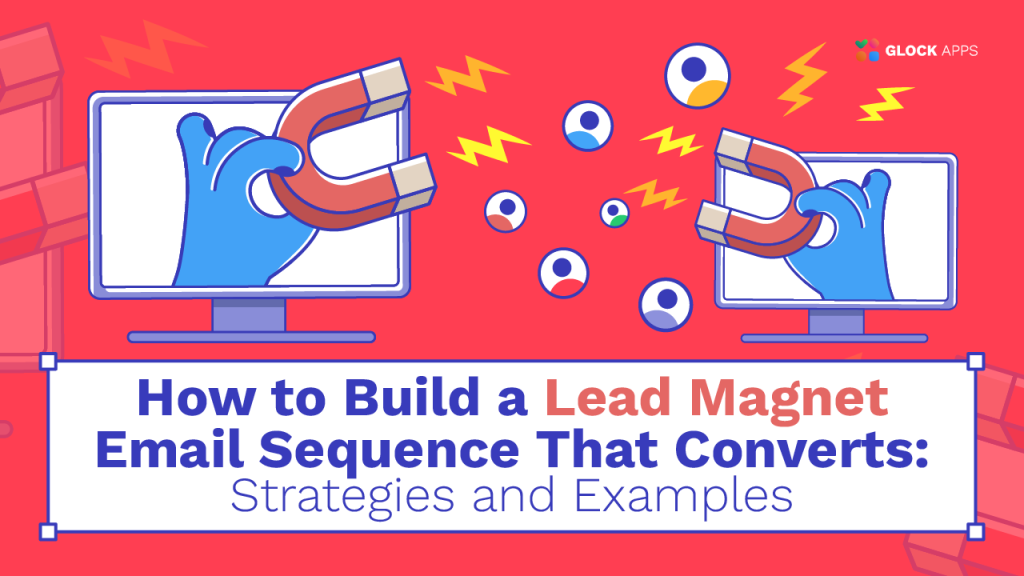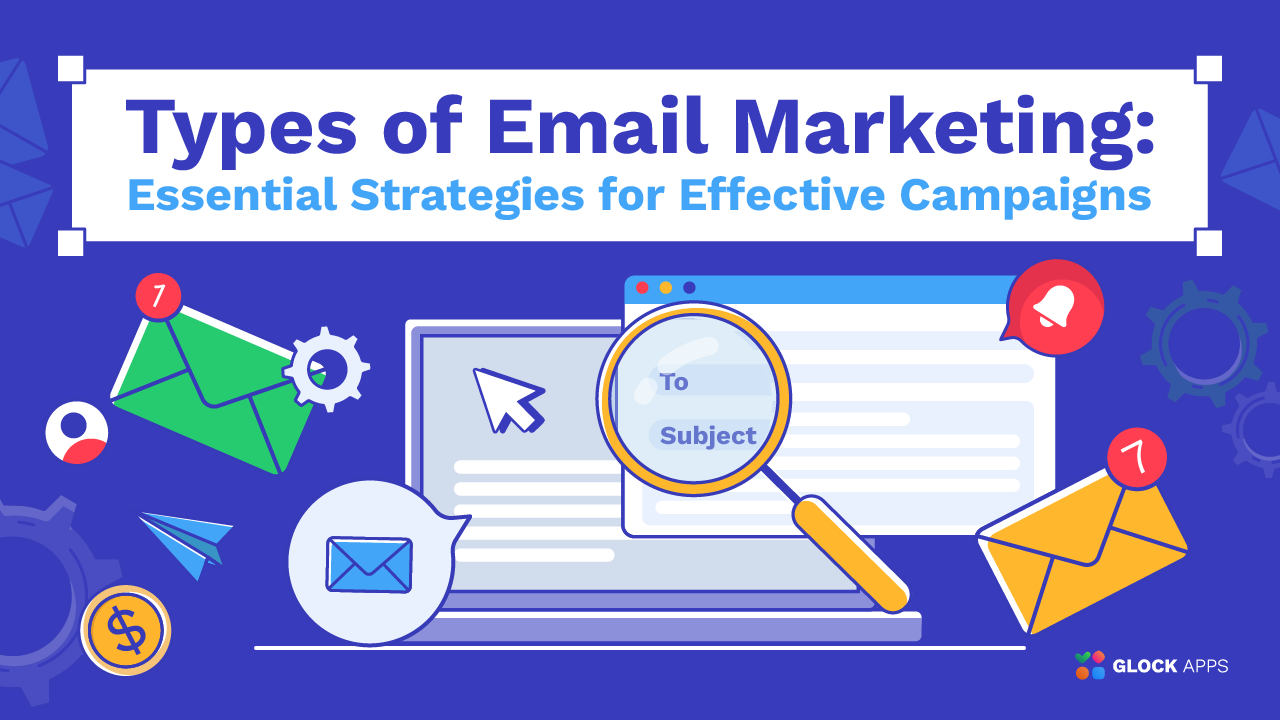How to Build a Lead Magnet Email Sequence That Converts: Strategies and Examples

Estimated reading time: 6 minutes
When it comes to nurturing your leads and turning them into customers, a lead magnet email sequence is one of the most powerful tools in your arsenal. A lead magnet email sequence is a set of emails that are sent at specific intervals after the lead signs up for your lead magnet. Each email is designed to provide value, establish trust, foster engagement, and move them further along in the customer journey. Below, we’ll explore the essential components of a lead magnet email sequence, provide practical examples, and offer tips to ensure your sequence is as effective as possible.
Understanding the Lead Magnet Email Sequence
A lead magnet email sequence refers to a set of emails sent to potential customers who have opted in by giving their email addresses as part of the exchange for a free resource, called the lead magnet. The goal is to move these leads further down the sales funnel by providing information that is relevant to them and finally getting them to take a desired action, such as purchasing a product or booking a consultation regarding that product.
Essential Components of an Effective Lead Magnet Email Sequence
1. Welcome & Delivery Email.
The first email should be sent immediately after a lead opts in, its main purpose is to deliver the promised lead magnet (an eBook, checklist, or guide). At the same time, this email serves as a warm welcome and sets the tone for your brand.
Example:
Thank you for signing up! Here’s your free [Lead Magnet Title]. Plus, a quick introduction to how [Your Brand] can help you achieve [Lead’s Goal].
2. Value-Driven Content.
After sending the lead magnet and setting the tone of your brand, the next few emails should provide additional value related to the lead magnet. This could include tips, how-to guides, or further resources that help the lead achieve their particular goal.
How to implement it?
If your lead magnet was an eBook on digital marketing, follow up with an email offering a free webinar on advanced strategies or a checklist for optimizing marketing campaigns. Basically, it should enrich the existing value of your lead magnet.
3. Objection Handling.
Respond to potential obstacles or hesitations that could be keeping a lead from moving forward. This is where you share a testimonial, success story, or case study to build credibility and overcome doubts.
Example:
Worried about the time commitment? Here’s how one of our clients implemented these strategies in just two hours a week and saw amazing results.
4. Call-to-Action (CTA) Email.
The last email of the sequence should contain a powerful call to action. This could be an invitation to book a consultation, make a purchase, or take advantage of a limited-time offer.
Example:
Ready to take your marketing to the next level? Book a free strategy session with our experts today, and let’s make it happen.
Best Practices for Lead Magnet Email Sequences
Personalization: Personalize your email with the lead’s name, and content based on their behavior and interests. For example, if they click on a link about a certain topic, you can then send follow-up emails with more detailed content regarding that specific topic.
Timing and Frequency: Timing is key. Space out your emails to maintain interest but not overwhelm your subscribers. A popular approach is to send emails every other day, but this can be adjusted depending on your audience’s engagement.
Segmentation: Divide up your email list into segments such as demographics, lead source, or behavior to create more effective and relevant email sequences that address each group’s specific needs and interests.
Analytics and Tracking: Track important metrics such as open rates, click-through rates, and conversion rates to know how your sequence is doing. These insights will help you understand how well your sequence is performing and where adjustments may be needed.
Common Mistakes to Avoid in Lead Magnet Email Sequences
1. Overloading Emails with Information.
One of the most common pitfalls is trying to convey too much information in a single email. As important as it is to provide value for your subscribers if you write lengthy emails or try to promote multiple offers in one email, you’ll be watering down your message and reducing engagement. Instead, focus on delivering one key point or offer per email to ensure that your content is easily digestible and actionable. Break down complex information into a series of emails, each focusing on a specific aspect or benefit.
2. Neglecting to Optimize for Mobile.
With a significant portion of emails being opened on mobile devices, failing to optimize your emails for mobile viewing can lead to poor user experience and lost leads. Emails that are difficult to read or navigate on smaller screens are likely to be ignored or deleted. Ensure every email looks great! Check and correct HTML issues instantly with our HTML Checker.
3. Ignoring Analytics and Metrics.
Launching an email sequence without monitoring its performance is like flying blind. Many marketers make the mistake of not regularly reviewing their analytics, missing out on crucial insights that could help improve their campaigns.
4. Weak or Unclear CTAs.
The ultimate goal of your lead magnet email sequence is to drive action, whether it’s making a purchase, signing up for a webinar, or scheduling a consultation. However, if your call-to-action (CTA) is weak, unclear, or buried within the email, your audience may not know what step to take next.
5. Not Delivering on Promises.
The biggest mistake is not delivering on the value promised in your lead magnet or your follow-up emails. If your content does not match your lead magnet, you will lose credibility and the trust of your audience.
Conclusion
A thoughtful lead magnet email sequence is an effective way to harness the power of digital marketing to nurture your leads, earn their trust, and then guide them through the customer journey with precision and care. By delivering valuable content, addressing pain points, and providing clear calls to action, you can dramatically improve your ability to convert leads into customers. It all boils down to knowing your audience, testing your tactics, and optimizing your strategy. To ensure your lead magnet email sequence reaches its full potential, it’s crucial to verify that your emails are landing in your subscribers’ inboxes.
FAQ
A lead magnet email sequence are a series of emails that are sent to potential customers who signed up for a free resource (lead magnet). The objective is to cultivate these leads, build trust, and guide them toward a purchase or other desired action.
Email is also sent every 1-3 days to keep the subscriber up-to-date without overwhelming them. The precise timing depends on your target audience and their behavior.
By segmenting your audience, you ensure that each lead receives an email that fits their specific needs and interests, which in turn makes them more likely to engage and convert.
A typical sequence includes 3-5 emails. These usually consist of a welcome email, value-driven content, objection handling, and a strong call to action.



